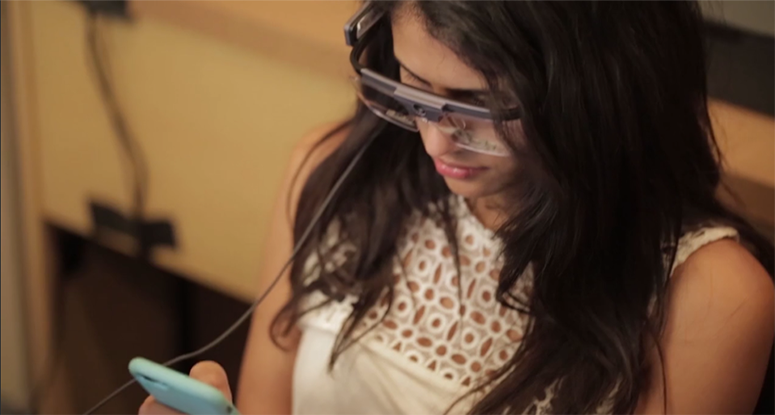Each year seems to bring a new connected technology with the potential to change our lives—from phones to watches and even glasses. Some of these new technologies have been huge hits while others haven’t lived up to the hype, but all are helping us connect with content in more ways than ever before.
In this rapidly evolving landscape, it’s imperative for us to not only think of the “here and now” of measurement, but also look to the future and engage with emerging content to help content creators, marketers, advertisers and agencies better understand its potential impact.
Our Media Lab at CBS Television City Research City in Las Vegas allows us to do just that—apply cutting edge technology to marketing challenges. Through custom, often client-led experiments, the lab uses in-person research studies—incorporating methodologies such as eye-tracking, facial coding and in-lab ethnography, as well as Nielsen Consumer Neuroscience’s ability to understand the consumer’s subconscious response—to answer key business questions. The lab also provides a framework for resonance studies in which advertisers and content creators are able to understand not only what content to serve to which optimal audience, but the impact of the context in which the advertising is being served.
Virtual reality is one of the latest connected technologies to capture our interest (and potentially our time connecting with content). Brands are eager to innovate within this growing platform, and they’re investing in understanding it as an advertising environment. To better understand virtual reality’s ad potential, the Media Labhas the ability to take a closer look at how well advertisements on the platform resonate, as well as consumer sentiment toward virtual reality.
To optimize context resonance, the lab looks at what has been dubbed the “five D’s.” Specifically:
- Delivery: In what format is the content or advertising being delivered?
- Destination: What content is surrounding the advertising? What platform is the content on?
- Device: What technology is your audience using to view your content?
- Disposition: What is your audience’s mindset as they consume your content?
- Distraction: What is happening around your audience? Is your audience paying attention?
“As brands become more present in virtual reality, it’s critical for them to understand who the VR consumer is, how they can reach them and demonstrate value through effective marketing and how virtual reality advertising effectiveness compares to other screens and formats,” says Harry Brisson, director of Lab Research, Nielsen.
As virtual reality continues to pick up momentum (and new technologies emerge), we continue to be at the forefront of measuring these new innovations and working with advertisers to determine how they can best optimize their ad spend across new and emerging platforms.



